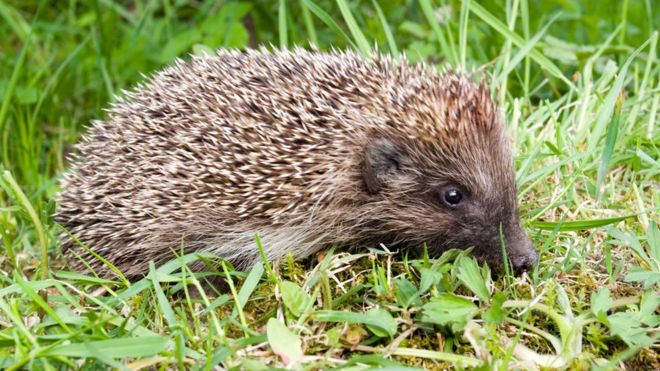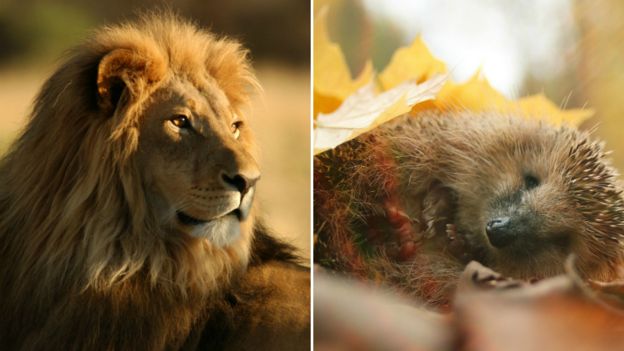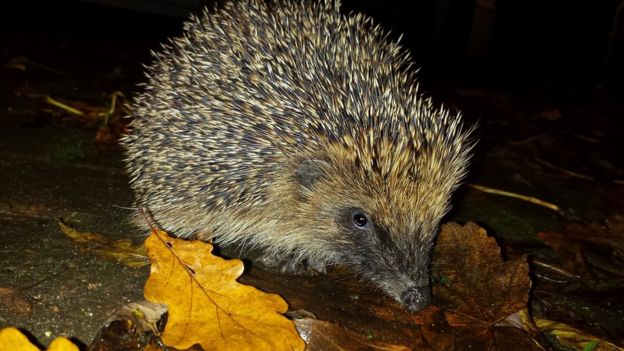As the blog isn't working at the moment, I am adding this to the post below
The first event of the year for the last several years has been a
New Year's Bird Count on 1st January
this year, as it has been so mild, we will also be listing which plants we can find flowering
Meet 10.30 for 10.40 at Clay House, West Vale. You can park in the drive.
We walk through North Dean Woods, in sight of the 180 year-old bridge destroyed by
the Boxing Day flood
Then, if the weather is not too wet or windy, across Norland Moor to the Ladstone for
the amazing vistas; returning by a slightly different route
A couple of us have an extra interest now in the moor, as we represent Naturalists' points of view
on the new Norland Moor Consultative group
Bring a packed lunch. The walk is about 7 miles, and we aim to get back by about 3.30
Steve Blacksmith
Report on the walk.
Six people came along this year. The tally was up, with 26 species of bird seen. (Only two plants in flower - Annual Meadow grass and Herb Bennet. - but lots of interesting fungi inc. the dwarf form of Sulphur Tuft, not listed in many books.)
Previous years bird totals were 21 last year and 18 the year before.
Notable bird sightings were Green Woodpecker, and interesting to see a male Reed Bunting at dusk go to ground and disappear among thick tufts of Purple Moor Grass - couldn't be flushed - so this must be where it was roosting for the night.
Hoards of people on the moor - I counted 37 in sight at one point - no doubt displaced from canal and river bank walks by the flood devastation.
____________________________________________________________________________
Mussels in the Drained Canal at Todmorden
the"foot" of this one is visible on the right
some seem to know the way to deeper water. Others crawl about aimlessly, leaving a furrow in the mud.
This mussel is in the Calder and Hebble Canal (e.g. at Cromwell Bottom) and the Rochdale Canal.
They're possibly Swan Mussels though I'm no conchologist.
I don't know if they're edible. I've seen the empty shells where animals/birds have eaten them. They grow to about 6 inches ( 15cm. ) long sometimes.
The canal section that is draining into the river after the embankment was washed away by the floods is the one below Oldroyd Lock, Todmorden.
The authorities have blocked off access to the canal towpath from Woodhouse Rd. bridge downstream, but you can see these Mussels just above bridge, where the towpath is currently open up to Todmorden, though looking at the damage to the towpath, that may be closed as well.









